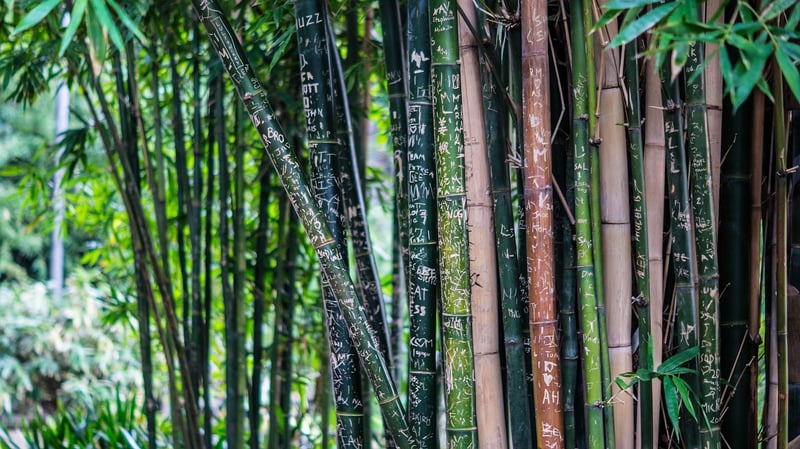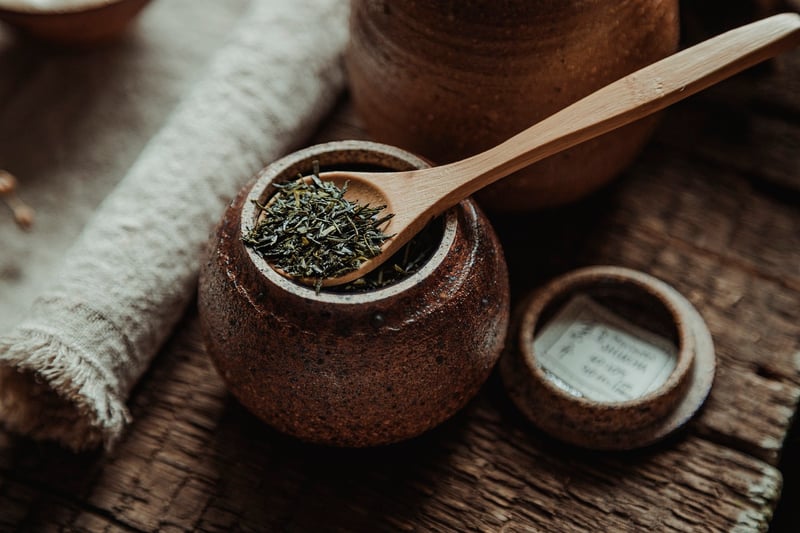Japanese Tea Houses
The Art of Japanese Tea Houses: A Visual Journey
Japanese tea houses, known as "chashitsu" in Japanese, are places of tranquility and beauty where the art of tea ceremony, or "chanoyu," is practiced. These traditional structures are designed to harmonize with nature and create a serene atmosphere for the tea ceremony.
Elements of Japanese Tea Houses:
- Shoji Screens: Sliding paper screens that allow soft light to filter in, creating a peaceful ambiance.
- Tatami Mats: Straw mats that cover the floor, providing a comfortable and traditional seating arrangement.
- Tokonoma: An alcove where a scroll painting or flower arrangement is displayed to enhance the aesthetic of the tea house.
- Engawa: A narrow wooden veranda that connects the tea house to the garden, blurring the boundary between indoor and outdoor space.
Visual Inspirations:
Let's explore some visual ideas that capture the essence of Japanese tea houses:
1. Zen Garden:

A Zen garden, or "karesansui," often adjoins a tea house and incorporates elements like rocks, gravel, and moss to create a minimalist and meditative space.
2. Bamboo Forest:

Bamboo forests are a common sight around Japanese tea houses, symbolizing strength, flexibility, and resilience.
3. Tea Utensils:

Traditional tea utensils like tea bowls, bamboo whisks, and lacquer tea scoops are integral to the tea ceremony and add a touch of elegance to the tea house.
Conclusion:
Japanese tea houses are not just buildings; they are embodiments of Japanese aesthetics, philosophy, and culture. The visual elements associated with these serene spaces inspire a sense of harmony and mindfulness, inviting us to appreciate the beauty of simplicity and nature.
